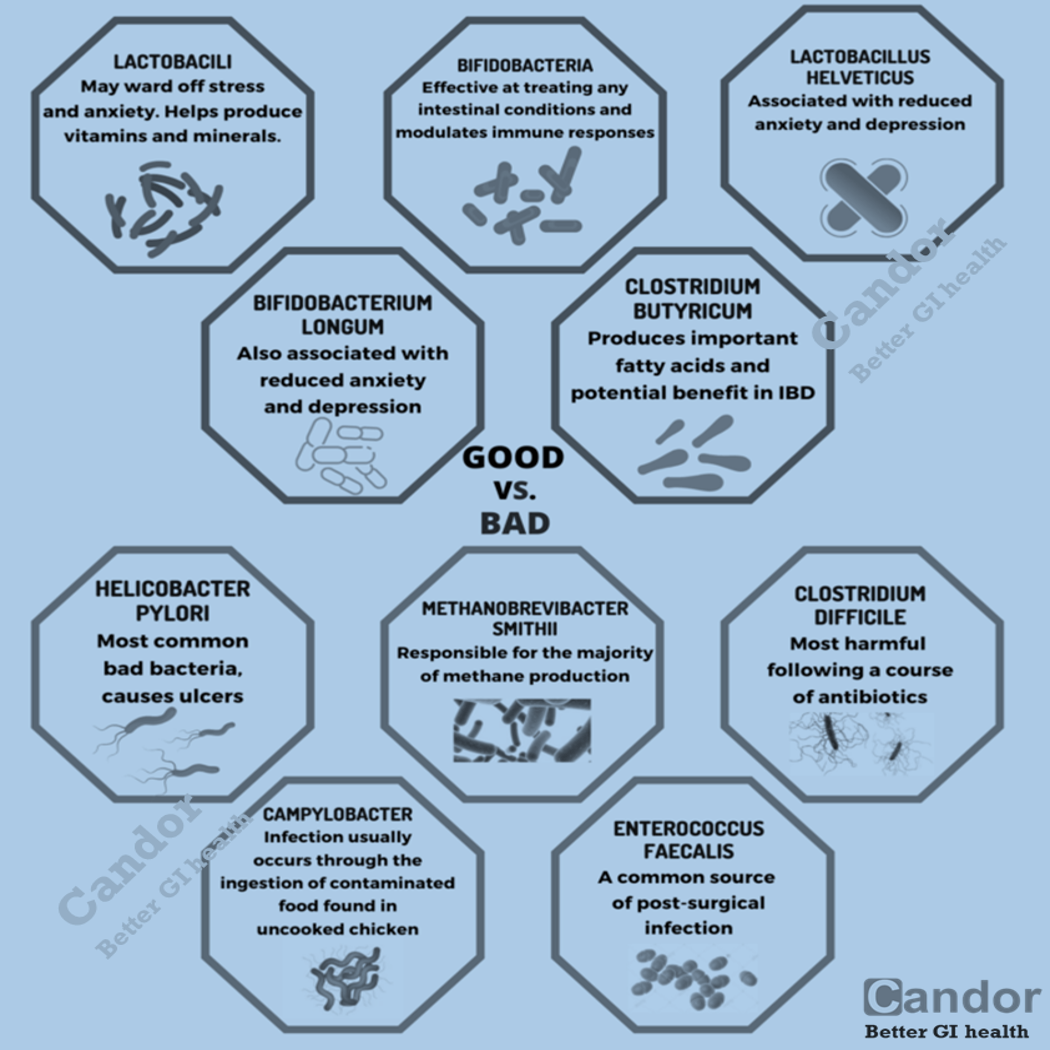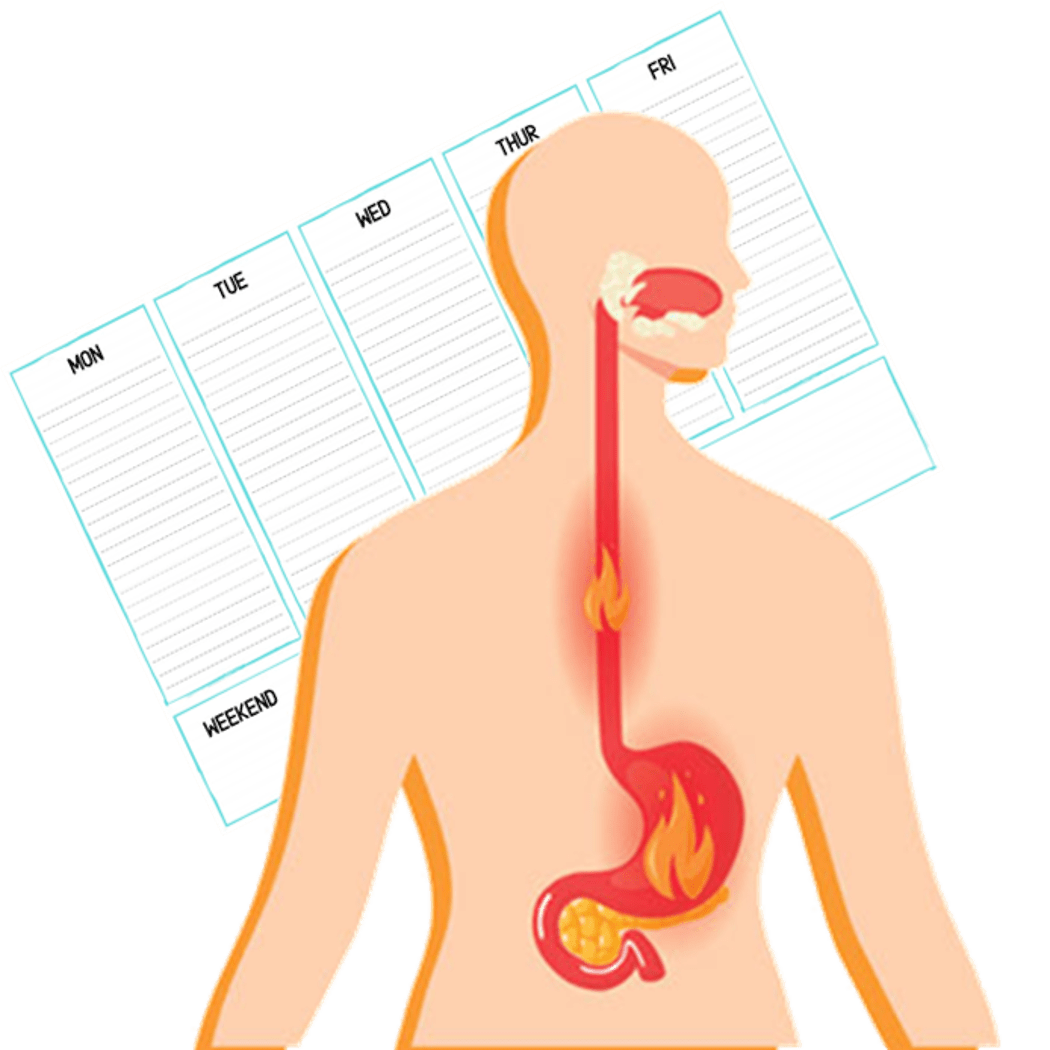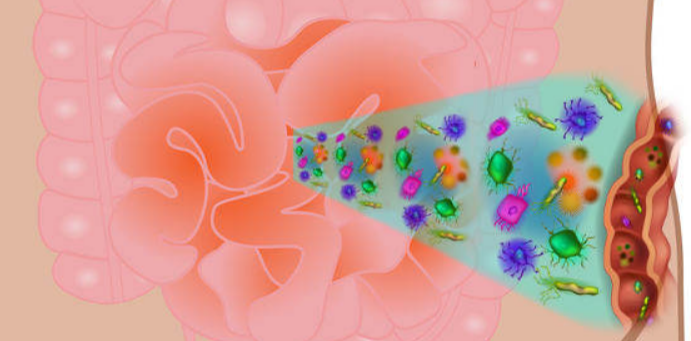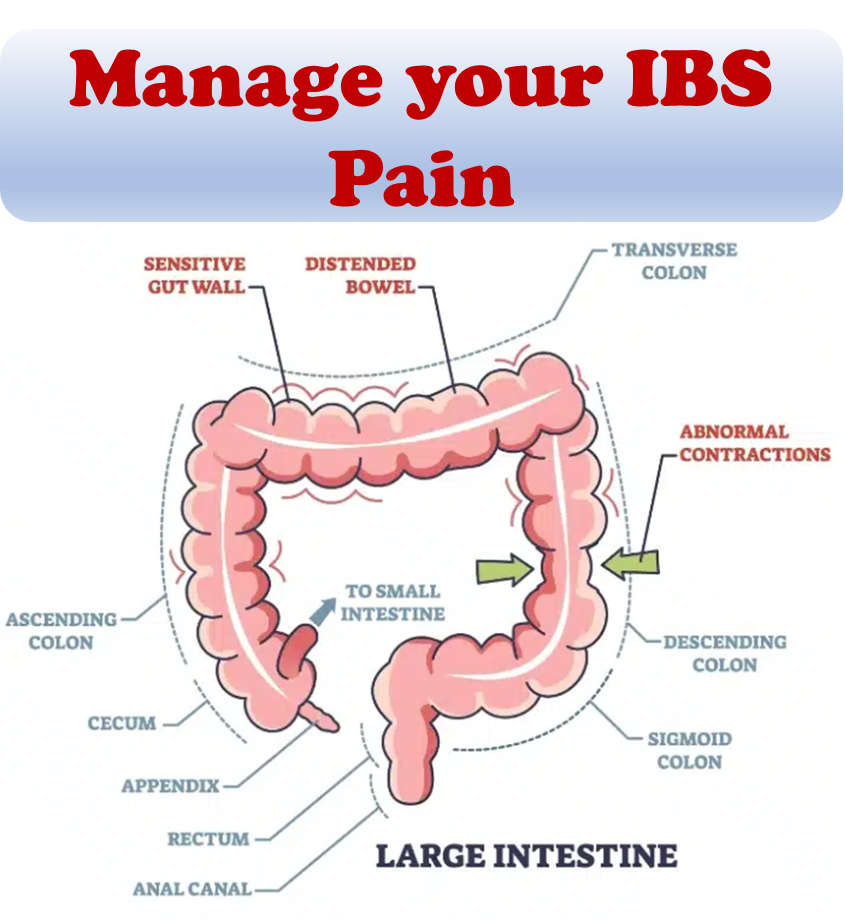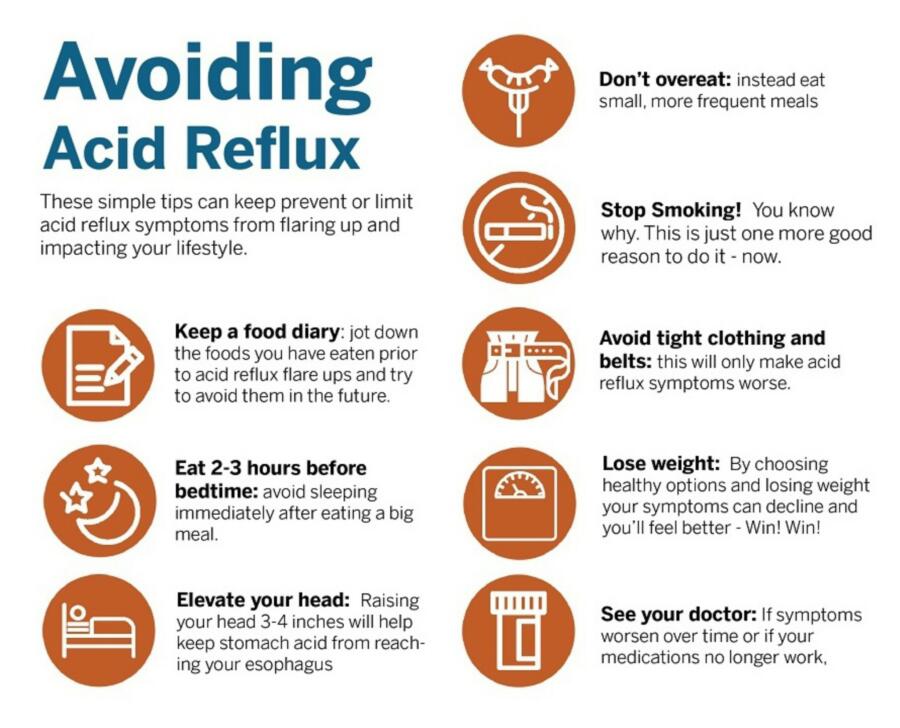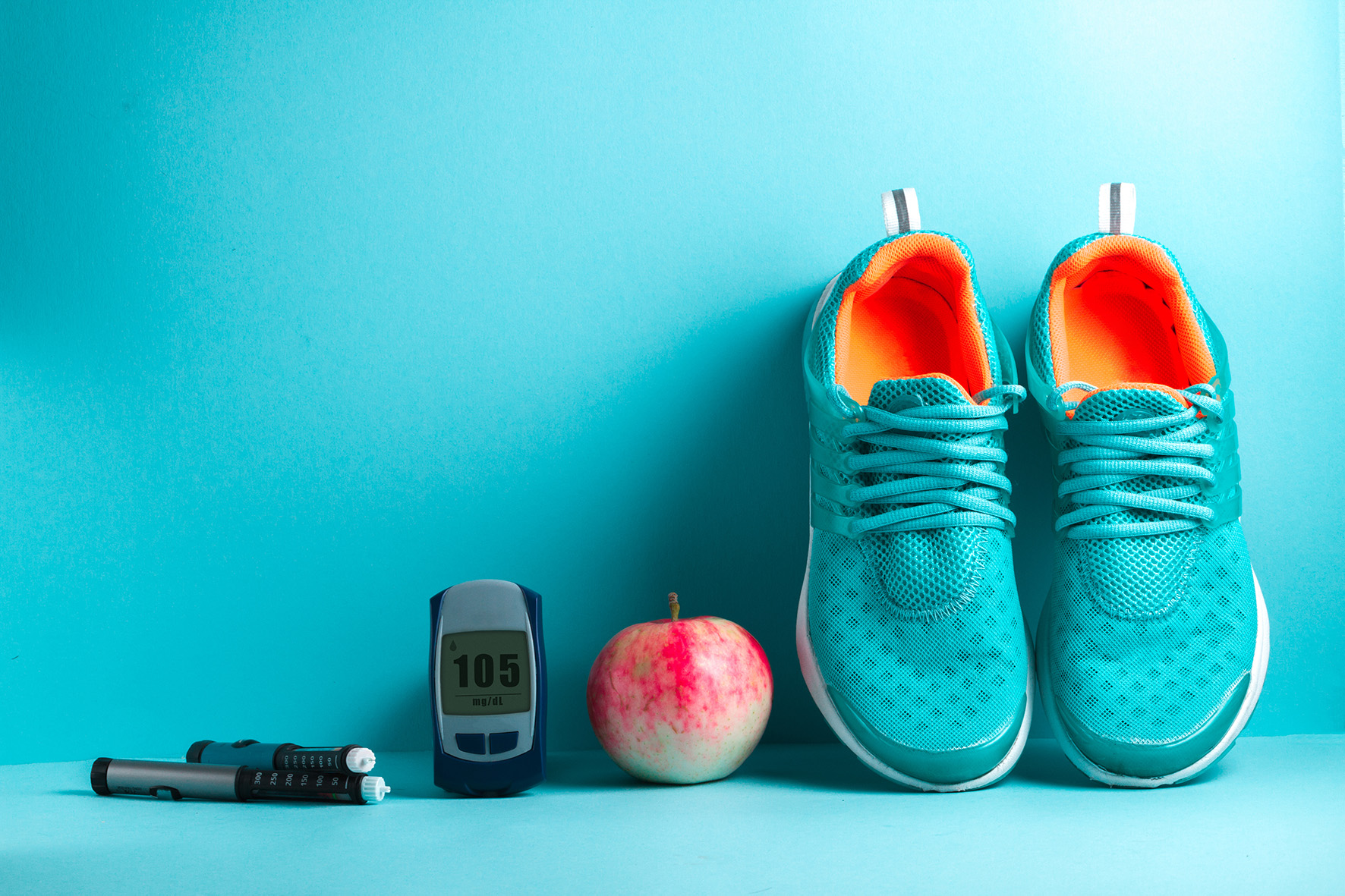Hydrogen Breath Test
A hydrogen breath test (or HBT) is used as a diagnostic tool for small intestine bacterial overgrowth and carbohydrate malabsorption, such as lactose, fructose, and sorbitol malabsorption.
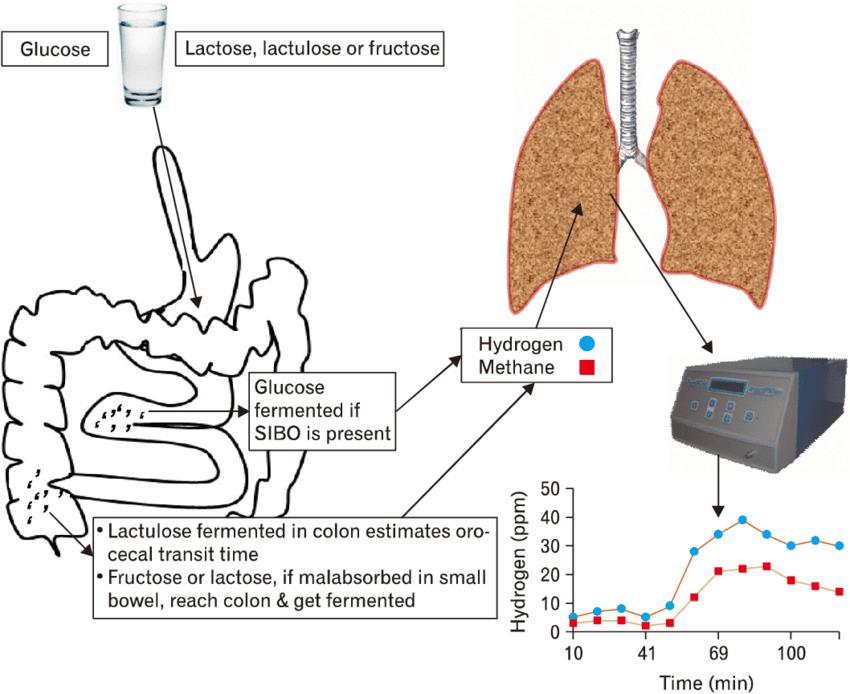
The test is simple, non-invasive, and is performed after a short period of fasting (typically 8–12 hours). Hydrogen breath tests are based on the fact that there is no source for hydrogen gas in humans other than bacterial metabolism of carbohydrates. Even though the test is normally known as a “hydrogen” breath test, some physicians may also test for methane in addition to hydrogen. Hydrogen Breath Test is used for various testing – to learn more about the typical uses of HBT, click on this link.
Many studies have shown that some patients (approximately 35% or more) do not produce hydrogen but actually produce methane. Some patients produce a combination of the two gases. Other patients, who are known as “non-responders”, don’t produce any gas and it has not yet been determined whether they may actually produce another gas. In addition to hydrogen and methane, some facilities also utilize carbon dioxide (CO2) in the patient’s breath to determine if the breath samples that are being analyzed are contaminated (either with room air or bronchial dead space air).
A Hydrogen Breath Test may be administered at hospitals, clinics, physician offices or if the physician/laboratory has the proper equipment and breath collection kit, patients can collect samples at home to then be mailed in for analysis.
References:
1. National Institutes of Health (NIH)
2. National Institute of Diabetes and Digestive and Kidney Diseases (NIDDK)
Join the conversation at: https://www.facebook.com/getcandorapp


